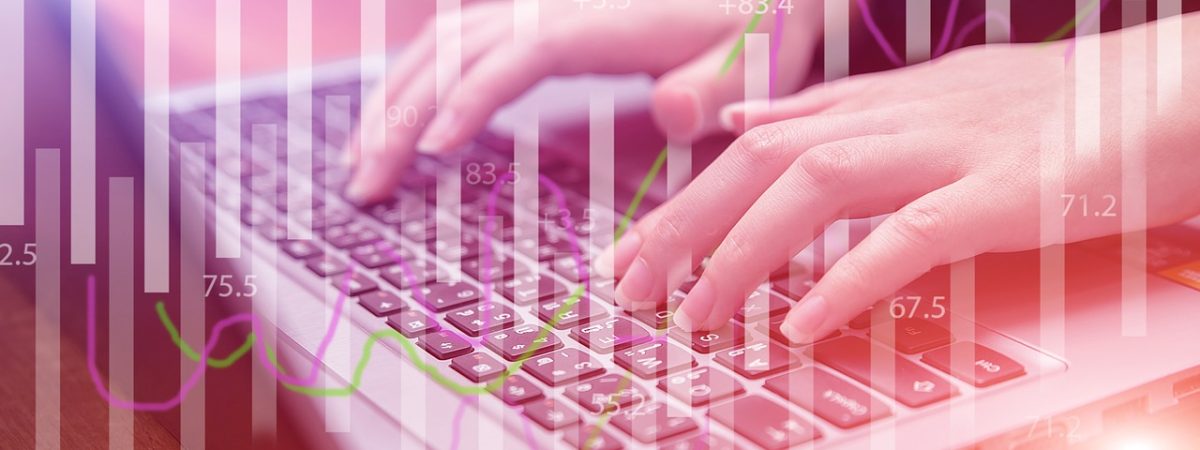
The Evolution of the Electronic Signature
A lot was going on in the second century. The Roman empire enjoyed a period of prosperity lead by the “Five Good Emperors.” The Antonine Wall was built in Scotland, while the Antonine Plague ravaged the Rhine. Cao Cao defeated Yuan Shao at the Battle of Guandu. And fastidious merchants in Jerusalem began adding written signatures to authenticate their transaction receipts.
Muslims took up the practice a few hundred years later, but it didn’t really become commonplace in Europe for another millennium after that. By the 16th century, literacy was on the rise and agreements were being put into writing more frequently. In 1677, an Act of the Parliament of England called the Statute of Frauds required certain types of wills, contracts and grants to be put in writing and signed to avoid fraud by perjury. The practice extended across the sea into colonial America, and the world’s obsession with wet-ink signatures only grew from there.
Signatures weren’t just for combating fraud. They became a cultural phenomenon. Signatures represented your word, and by extension your character. You could trust, both legally and morally, terms laid out and signed would be followed. If terms weren’t followed, there were repercussions.
In 1843, Scottish inventor Alexander Bain received British patent 9745 for his “Electric Printing Telegraph.” Nearly 40 years later, the first “scanning phototelegraph” was built. Xerox patented the first commercialized version of the modern fax machine in 1964. These inventions all contributed to the emphasis of signatures for authentication, even when two parties couldn’t be in the same room to shake hands.
Only a few years later, in 1976, Whitfield Diffie and Martin Hellman theorized the idea of a digital signature. The next year, the RSA algorithm was invented, which is used by computers to encrypt messages. In 2000, the ESIGN Act signed by President Bill Clinton established that electronic signatures have the same legality as a traditional signature on a piece of paper.
Fast forward to today, and the world is gripped by a pandemic that has necessitated doing our very best to avoid physical contact with one another, and by extension, things others have touched. Electronic signatures continue surging in popularity, with newer, faster and more secure programs hitting the market every day.
While laws are different everywhere, general legal requirements for a signature are met by an electronic signature if it:
- Adequately identifies the signatory
- Adequately indicates the signatory’s approval or acceptance of the information
- Is as reliable as is appropriate under the circumstances of the signing
Electronic signature programs have several requirements to be considered reliable, but there are two main ones. The first is that the means of creating the signature is linked to the person signing the document alone. Secondly, if any changes to the signature or documents are detectable digitally through the verification of data integrity.
While it’s clear that signatures have come a long way from the markings of authentication by merchants in Jerusalem, they still have the same end-goal — intent to hold up your end of a bargain, and verification that your word is the truth.




